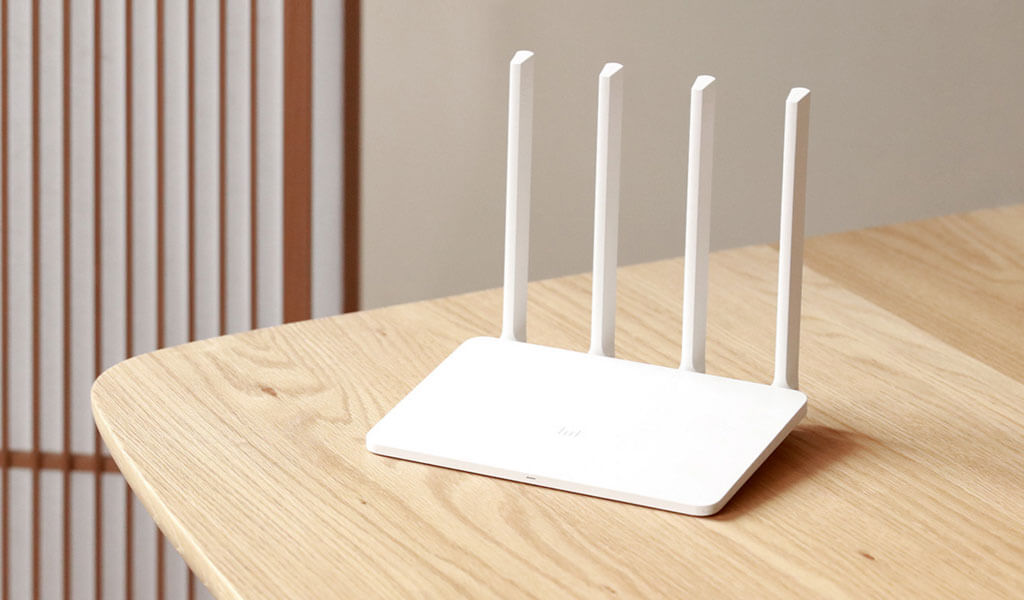Morse Micro’s test was carried out on a stretch of an empty beach but the beachfront had many buildings which interfered with the signal. So, they say it was a good demonstration of what we can expect in the real world.
So, whilst we've seen outdoor WiFi working distances of 5km plus at 2.4GHz this was point to point line of sight. Normally 2.4GHz and 5GHz indoor WiFi does not travel very far as the higher frequencies don't penetrate solid obstructions very well.
One of the key differences here is that this HaLow standard is at a much lower 900MHz which will penetrate better. It was the reason why with %G cellular, at its very high frequencies, did not travel very far or penetrate deeply at all (requiring more towers that are closer to users).
Lower frequencies though also go with lower data throughput speeds, which is why cellular providers have been trying to move up to 5G as the speeds are way faster (over those shorter distances).
This standard though will be of tremendous use connecting users in underdeveloped areas where getting connected is more important than ultra-fast streaming speeds. That said, this frequency is not available in Africa (Region 1) because it is reserved for cellular providers still. Also, increased distance would likely also mean increased signal congestion. This is why each region and country have regulators approving devices so that there is better utilisation of scarce radio spectrum (in other words, don't import this equipment unless it is approved for your country).
See
WiFi networks that span over 3km are on the way, that's cell tower kind of range that
It is ridiculous that in 2024, most Zimbabweans still don't connect to any WiFi network any time of the day. In more developed countries, it's WiFi
#
technology #
WiFi